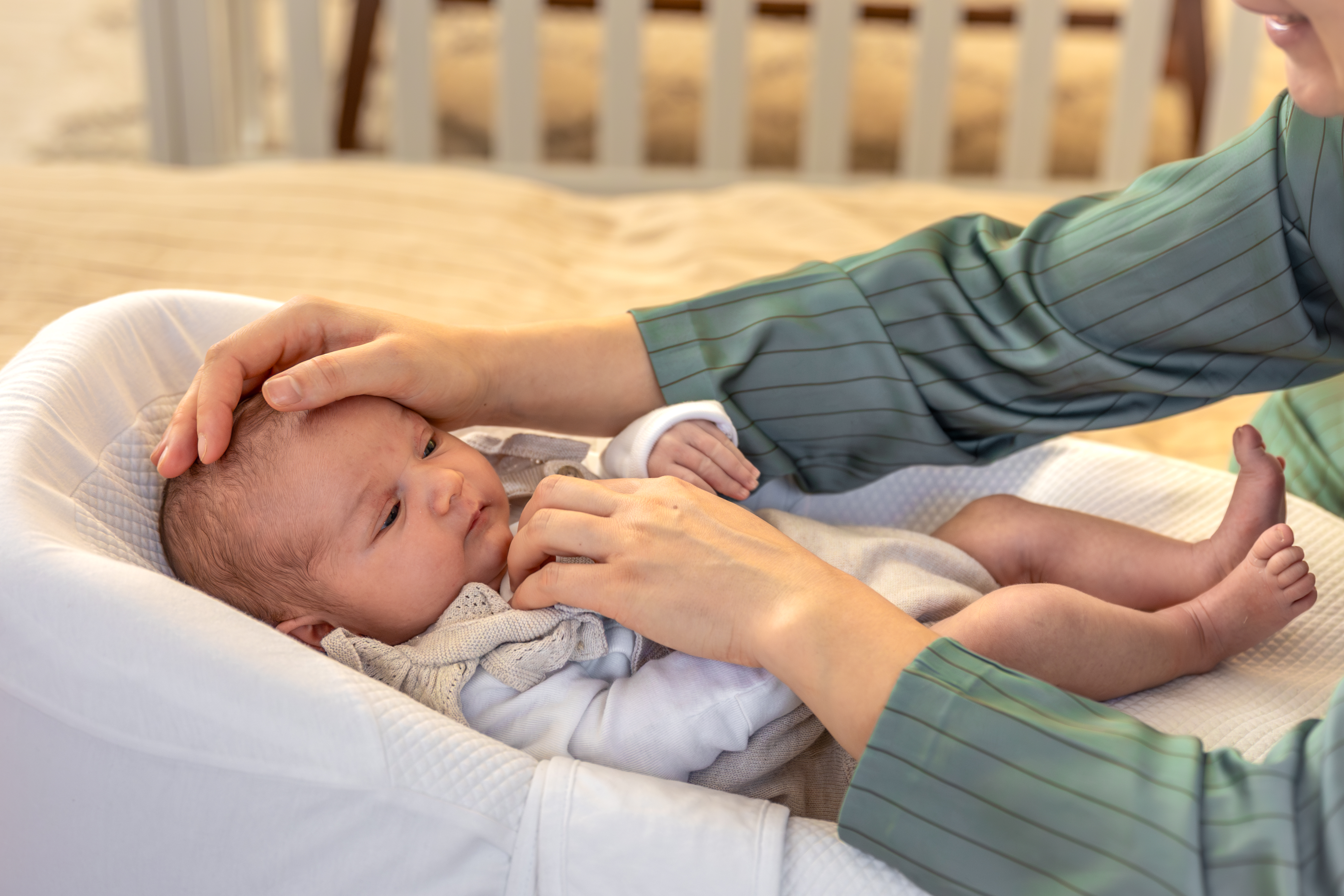Creating a Comfortable Sleeping Environment for Babies with Neurological Conditions

Ensuring that babies get the rest they need is a priority for all parents. It becomes even more crucial when caring for babies with neurological conditions like cerebral palsy. These babies often face unique challenges that can interfere with their ability to sleep soundly.
Creating a comfortable and supportive sleeping environment is essential for their well-being, and this article will explore how parents can help their babies sleep better while navigating these challenges.
Understanding the Unique Needs of Babies with Neurological Conditions
Babies with neurological conditions experience developmental delays that affect their movement, muscle control, and comfort. These conditions can lead to muscle stiffness, spasticity, and difficulty with basic motor skills, which can make it hard for babies to settle and sleep soundly.
The discomfort caused by these issues often results in frequent waking or restlessness. To understand how these challenges impact sleep, it’s important to recognize what are the symptoms of cerebral palsy, as these symptoms can directly influence the baby’s ability to rest comfortably. A tailored sleep environment, focusing on comfort and safety, can help promote better rest and enhance their overall well-being.
Key Elements of a Comfortable Sleeping Environment
Creating a comfortable sleeping environment for babies with neurological conditions involves several key elements. Proper sleep positioning is essential to avoid strain or discomfort. Babies with conditions like cerebral palsy often struggle with muscle control, making it crucial to use sleep aids like wedges or pillows that provide support for their head and body, ensuring proper alignment and reducing pressure points.
Temperature control is another critical factor. Maintaining a consistent and comfortable temperature helps prevent overheating or chilling, both of which can disrupt sleep. Noise and light levels also play a significant role in promoting restful sleep. A quiet dimly lit environment can help calm a baby, reducing overstimulation and encouraging a deeper, more peaceful sleep. A firm mattress, free of soft bedding or pillows, helps reduce the risk of suffocation or sudden infant death syndrome (SIDS), ensuring that the baby sleeps securely.
The Role of Swaddling in Promoting Comfort and Security
Swaddling provides a sense of comfort and security for babies with neurological conditions by mimicking the secure environment of the womb. This can help babies feel calm that reduces restlessness and promotes better sleep.
The Woombie Swaddle with its ergonomic design and breathable fabric is an ideal solution for babies with special needs. The swaddle ensures proper alignment and safety while offering a snug fit that prevents startle reflexes and promotes restful sleep. With Woombie’s gentle support, babies with muscle control issues are more likely to sleep soundly, which is essential for their overall well-being and development.
Creating a Routine and Consistency in Sleep Environment
Establishing a consistent sleep routine is crucial for babies with neurological conditions. It helps them feel secure and relaxed that makes it easier for them to transition into sleep. A predictable routine provides comfort and reduces anxiety, promoting better rest.
Creating a calming bedtime ritual can also enhance the process. Activities like gentle rocking, a warm bath, or soft lullabies can help soothe the baby, signaling that it’s time to wind down. Consistency in these routines fosters a sense of security that allows babies to settle into a peaceful sleep more easily.
Endnote
Creating a comfortable and secure sleep environment for babies with neurological conditions is a significant step in promoting their overall well-being. Every baby’s needs are unique, and with the right approach, parents can ensure their little one gets the rest they deserve. It's important to consult with healthcare professionals to tailor these strategies to your baby’s specific requirements, allowing them to thrive both physically and emotionally.






